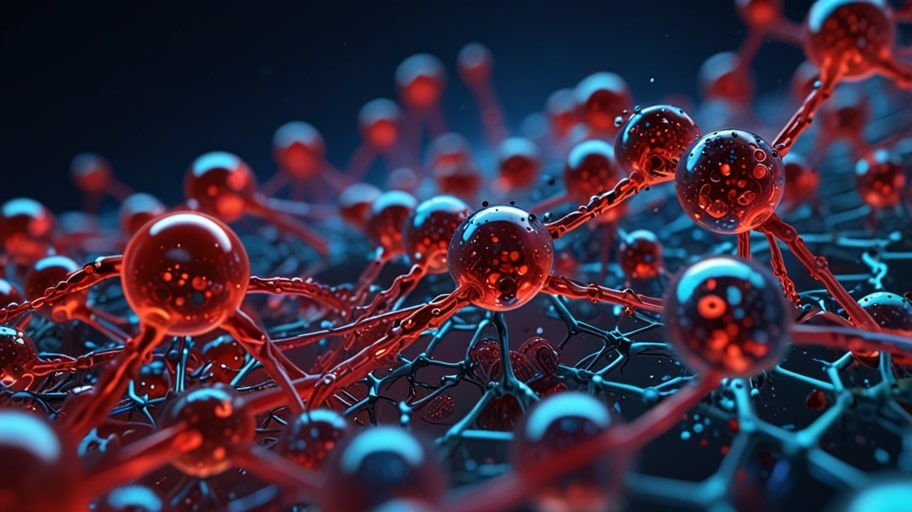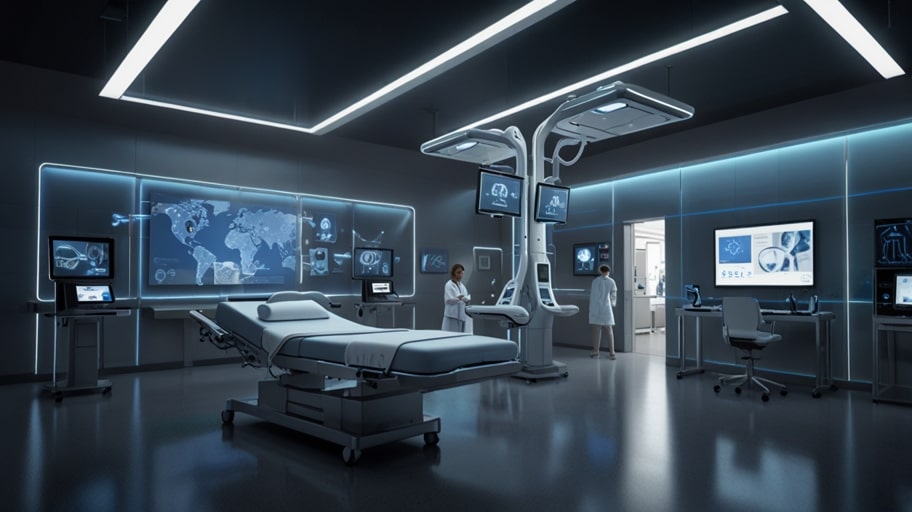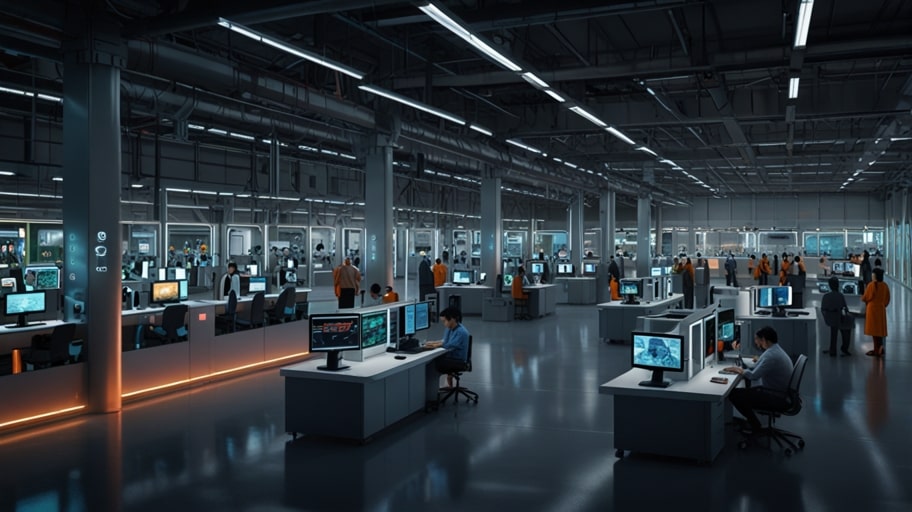Social and other digital platforms are being used for marketing purposes instead of or in addition to e-mails worldwide. Varying from the methods used two decades ago, marketers have switched to digital advertising by tapping social network users, as well as others. Digital marketers have to exchange addresses to send promotional materials to their customers.
It is not necessary to interact with them when doing so. In return, you get to pitch the good deals to them directly, which neither requires that your customer trusts you, nor that you be trustworthy. This indeed is the real sales growth, unlike what is in the ‘digital’ papers. Regarding its physical nature, you can still perform some forms of marketing online through platforms such as social media.
Although the changeover has only just started, social media platforms are already major players in the market in terms of digital marketing. By connecting to electronic devices, social media platforms provide pre-sales, post-sales, and other products and services that address the customer lifecycle. Social media users continue to receive offers, gain access to key influencers in the industry, and share these offers with their online contacts. That means all the vital data, like customer rights, is protected.
Marketers could have known about the technology of digital marketing for the past few decades, but the latest tech has invented the new normal. Sustainable digital platforms are used by customers to interact with and shop from home with convenience and security. The economies around the world have been in decline, and this has imposed certain limits.
Therefore, the tech-savvy generation has realized the rise of online marketing tools and has adapted their buying experience. As a result, the marketing ecosystem, of course, will continue to have significant digital influences, but it may not be the predominant mechanism for promoting features, despite its rapid ubiquity. Apart from the gradual shift to a digital world, modern consumers are also demanding inclusivity and biodiversity in the retail industry.
Brands are using their social media pages and social platforms to communicate with existing and potential customers. By replying to individual queries and relating them to the service or product offered, potential customers will become interested and convert them into actual customers. Users of social media are always active and willing to offer their services as well as buy other people’s products. Such a situation also presupposes the availability of comprehensive customer protection policies.
Given that online shopping accounts for a large percentage of retailer revenues, social media platforms have played a dominant role in the digital marketing sector. Companies have even surpassed the point of generating leads during the decision-making process by providing networks with a complete system of products, services, and customer support.
Since more social media users have become comfortable with brands and product lines, organizations are easily finding new customers through lead generation. Additionally, customers can adeptly exercise their own rights, such as accessing all of their data.
In the fight against infectious diseases, nanobots are a new force. The nanobots can detect viruses at the molecular level and eliminate them before symptoms occur. They are well recognized for being highly adaptable to new viruses and thus continuously provide an effective shield.
The technology of vaccination is essential for this breakthrough to be widespread and protective of the entire global population. Public health officials recognize fewer outbreaks, thus suggesting a world with less risk.
Nanobots carry treatment of neurological disorders across the line that separates them from being cured. The nanobots have the ability to go through the blood-brain barrier to correct neurons damaged due to diseases. It is through them that Alzheimer’s can be slowed down by delivering certain drug therapies.
The improvement of the cognitive functions provides the patients and their families with relief from the suffering. Many other applications are being researched and developed for them, giving hope to the affected entities.
Healthcare systems will now have integrated nanobots in a natural way. Medical professionals will be acquiring the mantle of overseeing the deployment of nanobots through training. Using the finest precision will be necessary for monitoring nanobot activity through advanced imaging.
The efforts of the regulatory bodies that have established the guidelines are directed towards ensuring that the relationship between technological innovation and the welfare of the patients is balanced. The success stories of the technology are an indication of the people’s confidence in the technology, every day shaking the public trust, creating more confident followers in the technology.
The facilitation of this technology is done through the collaborative work of governments and organizations that pay a percentage to fund nanobot treatment, making it possible to distribute these treatments to the poorest in the world. Not only have they done that but also provided mobile clinics that have this different technological equipment. It is expected that the closeness of healthcare disparities around the world will be ensured when most of the communities have access to the latest healthcare technology, thus resulting in a healthier population.
This would be like bringing up children in the house of nanobots. Although these devices bring about many benefits, there are also concerns about the privacy rights of the people whose data is being collected. All these are issues that society has been grappling with throughout its development stages. The situation might have gotten even trickier with the emergence of nanobots.
The developers needed encrypted data to secure the patients’ information. To maintain the trust, they made the protocols more transparent and went further to get informed consent, easing people’s doubts. As new challenges emerge, the local communities are carefully and responsibly dealing with these matters, underscoring individual rights and still embracing medical strides.
The impact on the economy is very deep. With the use of nanobots, healthcare costs are falling as the need for surgeries and long-term treatments diminishes. Insurance companies are setting up models that allow them to include the above-mentioned therapies in their offers, hence, consumers benefit from that as well. Work comes from new spheres like nanobot programming and maintenance. The better health of the people also means a thriving economy.
Nanobots are a major part of environmental sustainability. They are made for the purpose of creating the least litter and hence the least harm to the Earth. Factories make sure they only use eco-friendly materials. Thus, they reduce trash. The shift in green technology provided by nature speaks to the increasing number of individuals who are environmentally conscious, as it helps ensure the protection of natural ecosystems for the future.
The way people perceive nanobots has changed drastically. Earlier, people were very suspicious, but now they are much more excited. Campaigns that focused on educating the public have been successful in proving the safety and effectiveness of nanobots and debunking the myths. Social media plays a role in the wider acceptance of nanobots by sharing success stories, which kindle hope in many people. All communities are hopeful of a future that is less sick.
The threat of misuse is what makes the governments of different countries work together. If nanobots are not used properly, the treaties between different countries and international organizations will definitely control the applications of nanobots and their destructive potential will be mitigated that way.
Moreover, the scientific community has a huge responsibility here because only the ethical and safe developments in this field can keep the scale tilted in favor of benefit. The unity of action, as well as the guidelines of the industry, contribute to the efficient finding of the best applications in the field of health.
Looking forward, the prospects are looking extremely bright. Scientists are carrying out studies on nanobots in order to make regenerative medicine more efficient, the ultimate goal being to restore human organs. Evidence from initial trials implies much optimism and that the possibility of reversing the impairment of age is at hand. The very idea of having a longer life that is also energetic is becoming increasingly real. Hence, we are redefining the term “elderly”.
It is the collaboration that drives one way of progress. Scientists, engineers, and policymakers combine their efforts to improve the capabilities of nanobots. Spending in the research field allows it to move faster, thereby overcoming the limit. The synthesis of varying types of professionalism is the security of developing with the future of health and a dynamic global society.
The legacy of nanobots in 2029 is universally believed to be a success story. They vividly express human beings’ fight against diseases and their desire to stay healthy. When it becomes more popular, the intended purpose of a healthier world becomes true. The significance of the tiny technology notes a technology revolution, which the eye is not capable of witnessing.
Despite persisting issues, the majority of people are very positive in this situation. The ongoing research of the studies addresses the long-term effects of scientific methods, which, in retrospect, guarantee safety. Public involvement sets the new course of this innovation suitably to the prevailing communal values. The story of nanobots mirrors a global commitment to a future where diseases do not exist.
In 2029, autonomous nanobots serve as a living proof of human creativity. They are the ones that give shape to the new world of healthcare, which also means that they are offering solutions that were previously unattainable. As they keep on getting better, the waves of their power of influence will be felt across generations, making them remain the most important part of modern medicine. The world is thrilled, empowered by their commitment.








Leave a Reply